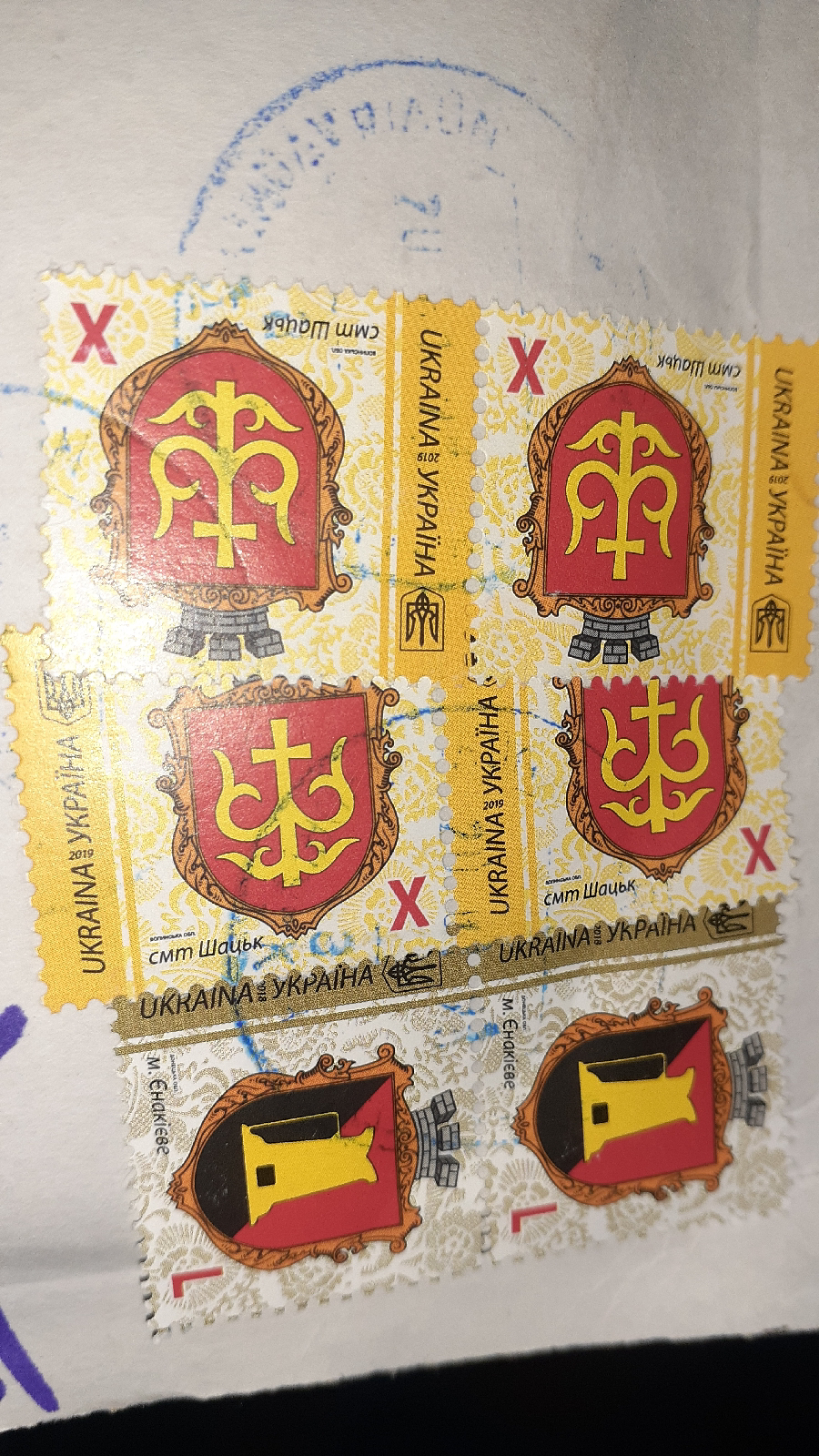Varroa Destructor
Alternatively Varroa Mite is a parasitic insect that feeds on bees & decimate colonies. Probably, its responsible for Colony Collapse Disorder. Serious little buggers.
Australia has remained free of Varroa Mite ... until last week. This week Sentinal Hives set up around the Port of Newcastle were found to contain the mite. The Ag Department has ordered immediate by beekeepers;-
1. the location of all hives within 50 kilometres be notified immediately.
2. No hives in that zone can be worked or opened unless for testing for Varroa.
3. All hives within 10k will be euthanized, wild hives within 25k alsowill be euthanized. Known hives in that range will be monitored for signs of Varroa.
4. Beekeepers remain alert for further updates and to assist Dep of Ag as required.
For me, that means I lose 5 hives at my mother's place in town. These are my oldest and most productive hives and will be sorely missed. But for the sake of the nation's honey and pollination needs, it has to be done.
The only Flies in the Ointment are the existence of unknown hives. These may be hives kept by unregistered beekeepers and wild hives, where bees have nested in tree hollows and are intended. The Dep Ag are keen to know about unregistered hives and will be destroying any wild hives that they can find.
The three hives I have here are in the Surveillance Zone. So I will test and monitor for signs of Varroa Destructor, using The Sugar Shake Test. This test has a very interesting mechanism how it works and a little amusing how it's carried out.
The Sugar Shake Test.
1. Take a 1l jar with a 3mm mesh lid.
2. Place 2 tablespoons of Icing Sugar into jar.
3. Take 200-300 of bees from the Brood Chamber of each hive and place then in this jar.
4. Close the lid and roll the jar until the bees are coasted in sugar dust.
5. Invert jar over a sheet of white paper or a bucket of water and shake to see if any detached Varroa are revealed.
6. If any are found, notify Bio Hazard Hotline immediately.
The Icing Sugar works to dislodge the mites by coating the bees in dust. Having padded feet, requiring traction, the mites are easily dislodged by the slippery coating. Who knew that?!
The fun parts are: a) the bees are unharmed and b) when returned to the hive they are licked clean by their community until spotless, c) the Cleaners get to have a nice sugary feed on the process.
Job done. Good luck everyone!


Comments
Post a Comment